Entrées du capteur de température Omron NX-TS3201
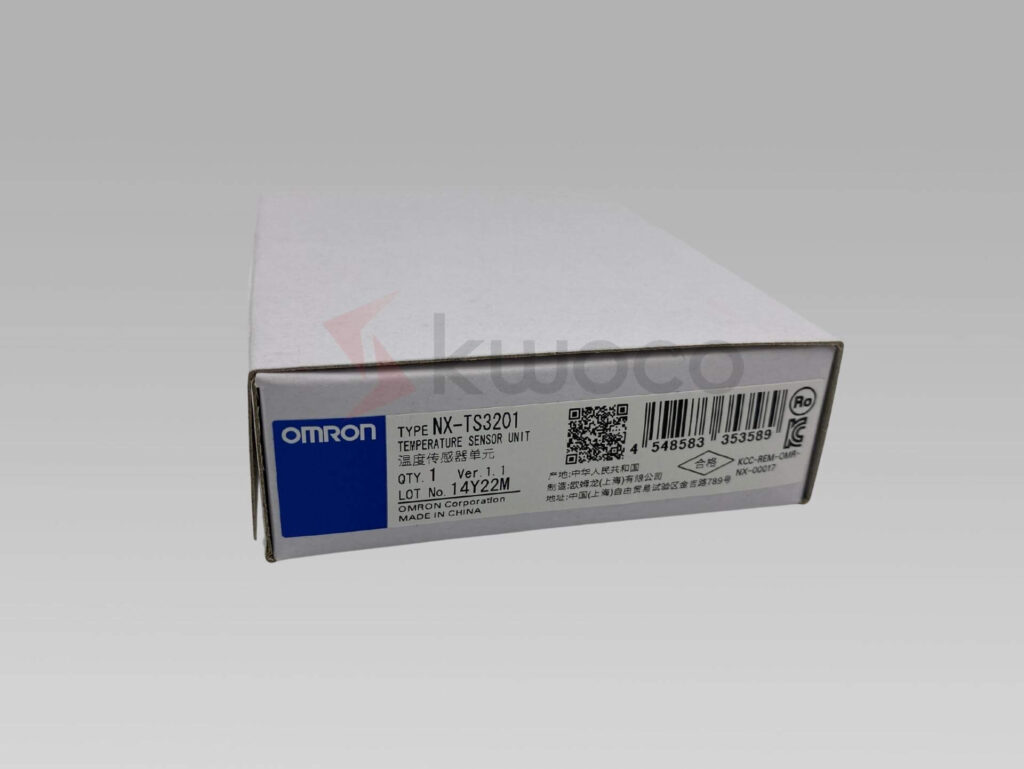
Unité d'entrée de température RTD à 4 points, entrée Pt100/Pt1000, résolution de 0,1 °C, temps de conversion de 250 ms/unité, bornes Push-in Plus sans vis, pour système d'E/S série NX.
Unité de saisie de température Omron NX-TS3101 neuve et originale
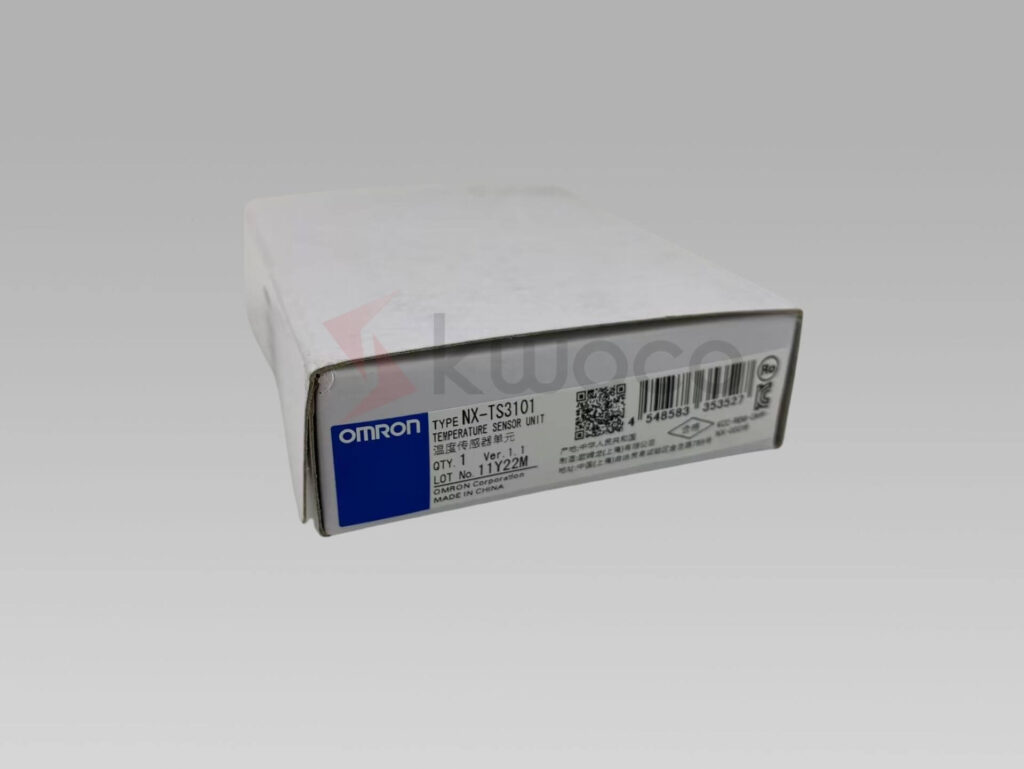
Unité d'entrée de température avec 4 entrées thermocouple, temps de conversion de 250 ms/unité, résolution maximale de 0,1 °C, connecteur enfichable sans vis et connexion NX-bus haute vitesse.
Unité d'entrée de thermocouple Omron NX-TS2101 en stock

2 entrées thermocouple, type K, J, T, E, L, U, N, R, S, B, C(W/Re5-26), P(PLII), résolution 0,1°C, 250 ms/unité, connecteur à insertion sans vis, 12 mm de large.
Unité de sécurité Omron NX-SOH200 en stock

2 sorties de sécurité numériques, PNP 24 VDC, 2,0 A/point, 4,0 A/unité NX, connecteur enfichable sans vis, largeur 12 mm.
Unité de connexion d'alimentation E/S Omron NX-PC0030

Unité de connexion d'alimentation E/S, 8 bornes IOV et 8 bornes IOG, 4 A max par borne, connecteur enfichable sans vis, corps de 12 mm de large, montage sur rail DIN, aucune consommation de courant E/S.
Unité de connexion d'alimentation Omron NX-PC0020 en stock
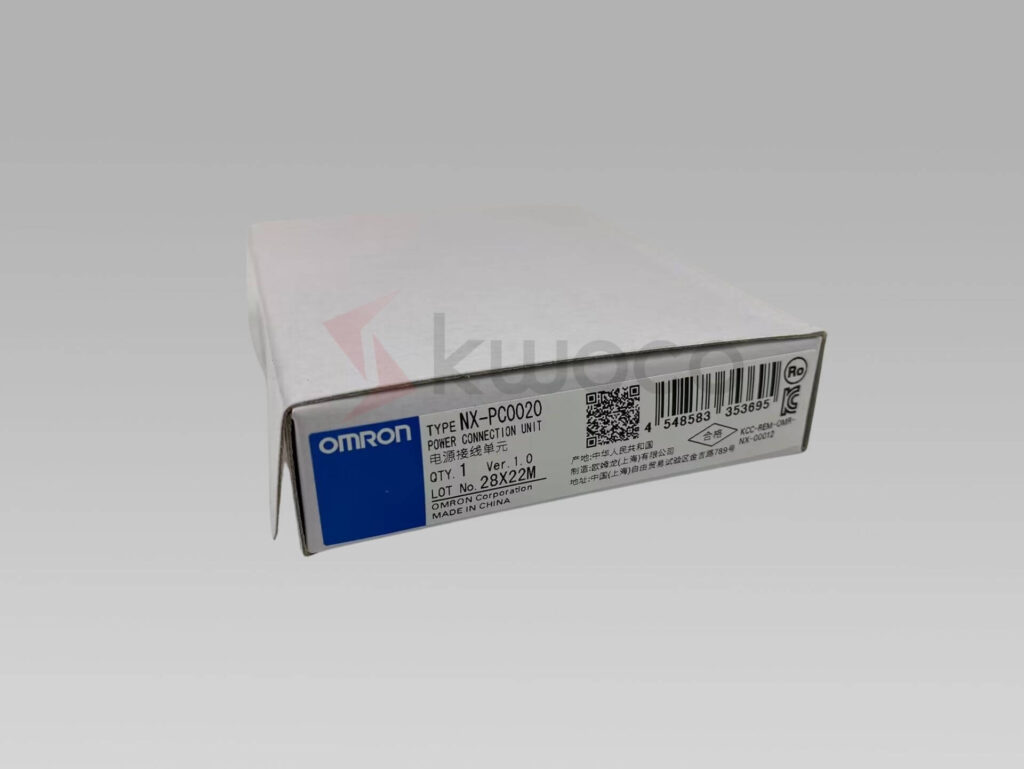
Unité de connexion d'alimentation E/S, type de borne IOV, 16 bornes, 4 A max par borne, bornier enfichable sans vis, 12 mm de large, pour E/S série NX.
Unité de sortie numérique Omron NX-OD5121, livraison rapide
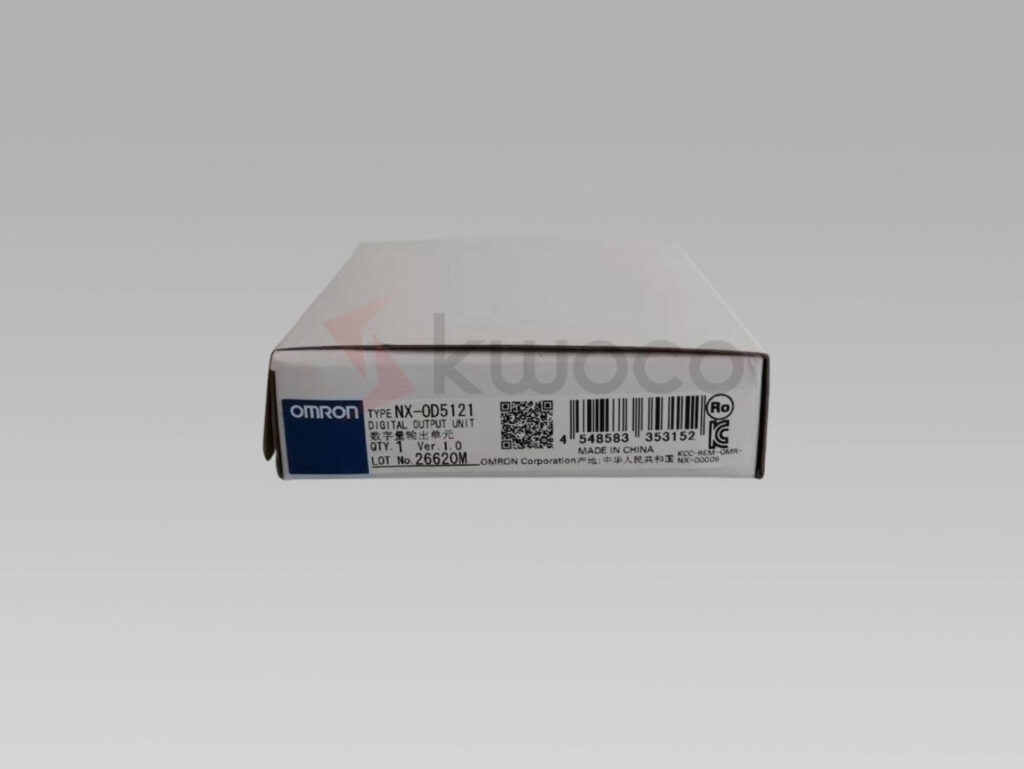
Sortie transistor NPN 16 points, alimentation 12-24 VCC, 0,5 A par point (4 A par unité), bornes enfichables sans vis, plage de fonctionnement de 10,2 à 28,8 VCC, réponse ON de 0,1 ms / réponse OFF de 0,8 ms, largeur de 12 mm.
Unité de sortie numérique Omron NX-OD4256 en stock
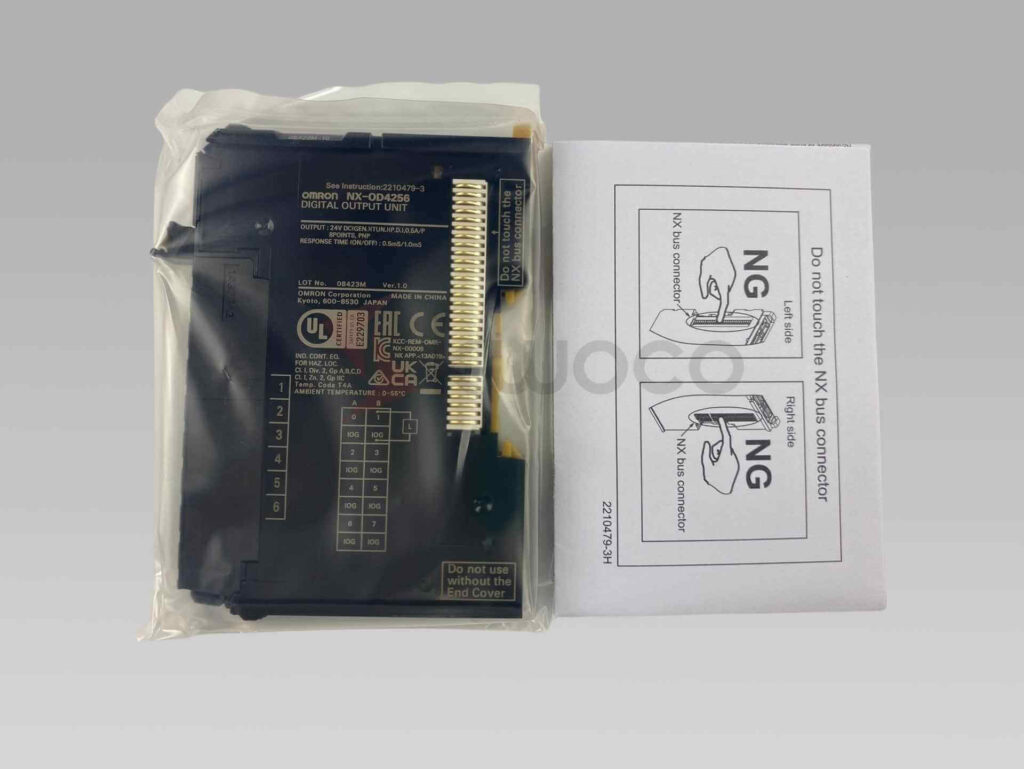
8 sorties numériques, vitesse standard, PNP 24 VDC, 0,5 A/point, 4 A/unité NX, connecteur enfichable sans vis, largeur 12 mm.
Unité maître IO-Link OMRON NX-ILM400 en stock

4 ports IO-Link, bornier de serrage sans vis, rafraîchissement libre, 24 VCC, largeur 12 mm, poids 67 g, prend en charge les E/S numériques (broche 2).
Unité d'entrée d'encodeur Omron NX-EC0222, livraison rapide
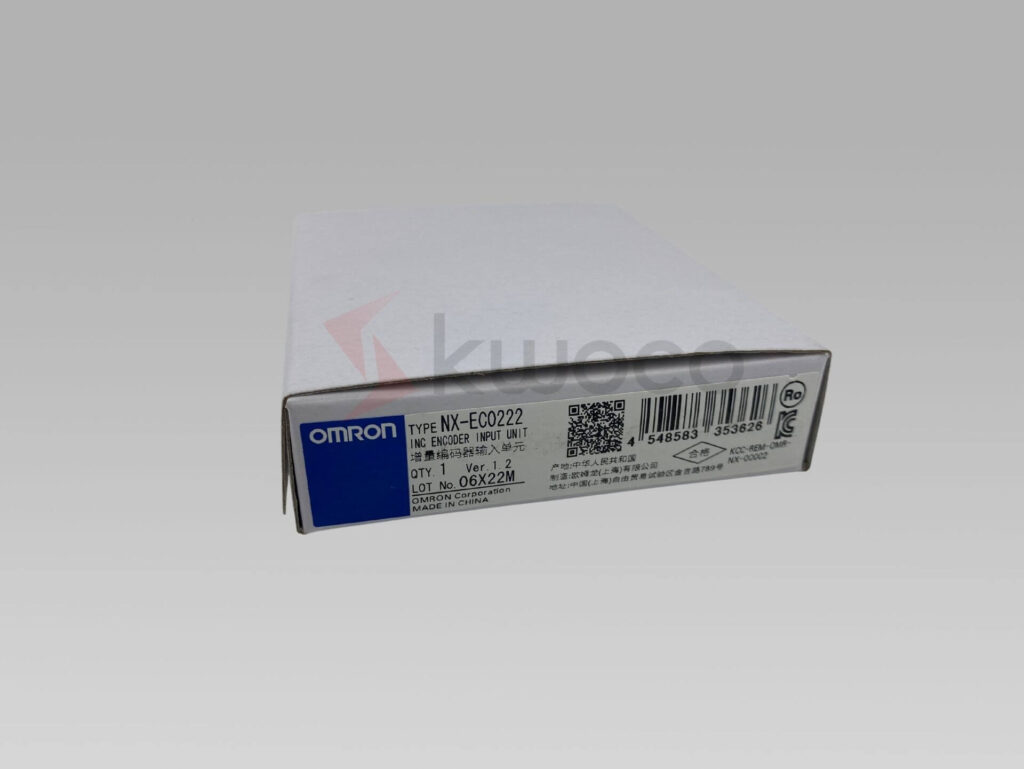
Unité d'entrée codeur incrémental pour système d'E/S série NX. 2 canaux pour connecter des pilotes de ligne ou des codeurs incrémentaux à collecteur ouvert PNP. 2 entrées numériques polyvalentes pour le verrouillage ou d'autres fonctions. Technologie Push-In Plus sans vis, simple et fiable.
